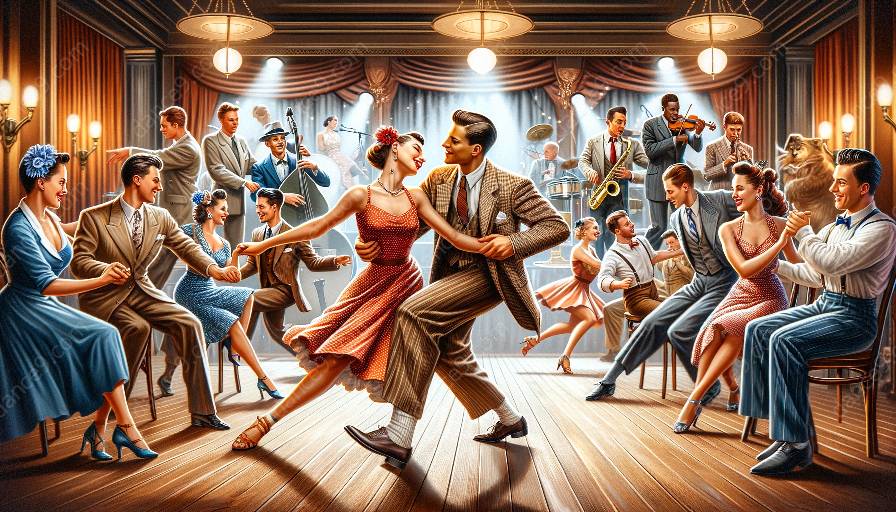Swing dance is more than just a popular dance style; it’s a cultural phenomenon that has undergone a fascinating historical evolution. From its roots in the African-American community to its influence on modern dance classes, swing dance holds a special place in the history of dance. Let’s delve into the captivating history of swing dance and explore its impact on the world of dance today.
The Roots of Swing Dance
The roots of swing dance can be traced back to the 1920s and 1930s in African-American communities, particularly in Harlem, New York City. During this time, jazz music was on the rise and sparked a new era of dance. The energetic and syncopated rhythms of jazz music inspired dancers to create a unique form of dance that matched the lively and improvisational nature of the music.
Swing dance emerged as a dance style that allowed for improvisation, creativity, and personal expression, making it popular among young people looking for an outlet for self-expression and socializing. The dance was characterized by its energetic movements, intricate footwork, and joyful, carefree attitude, reflecting the exuberance of the Jazz Age.
The Evolution of Swing Dance
As swing dance grew in popularity, it began to spread beyond the African-American communities and gained recognition in mainstream society. The dance style continued to evolve, leading to the emergence of various subgenres such as Lindy Hop, Charleston, Balboa, and more. Swing dance also became closely associated with the swing music genre, further propelling its popularity across the United States and beyond.
During the 1930s and 1940s, swing dance reached its peak, becoming a cultural phenomenon that transcended racial and social boundaries. It became an integral part of the American social scene, with dance halls and clubs bustling with enthusiastic dancers eager to showcase their moves and connect with others through the universal language of dance.
Impact on Dance Classes
The legacy of swing dance continues to reverberate through the world of dance classes today. Its influence is evident in various forms of social and partner dances, as well as in the thriving swing dance communities worldwide. Many dance studios and instructors offer swing dance classes, providing individuals with the opportunity to learn and experience the joy of this timeless dance style.
Additionally, the spirit of swing dance, with its emphasis on connection, improvisation, and musicality, has influenced the teaching methods and philosophy of dance educators. The values of inclusivity, creativity, and community that are intrinsic to swing dance have shaped the way dance classes are conducted, fostering a vibrant and welcoming environment for dancers of all backgrounds.
Conclusion
The historical origins of swing dance are a testament to its enduring appeal and significance in the world of dance. From its humble beginnings in African-American communities to its widespread influence on dance classes and social dances today, swing dance continues to captivate dancers and enthusiasts around the globe. Its rich history and cultural impact make swing dance not only a dance style but also a cultural phenomenon that brings people together through the universal language of movement and music.













































































